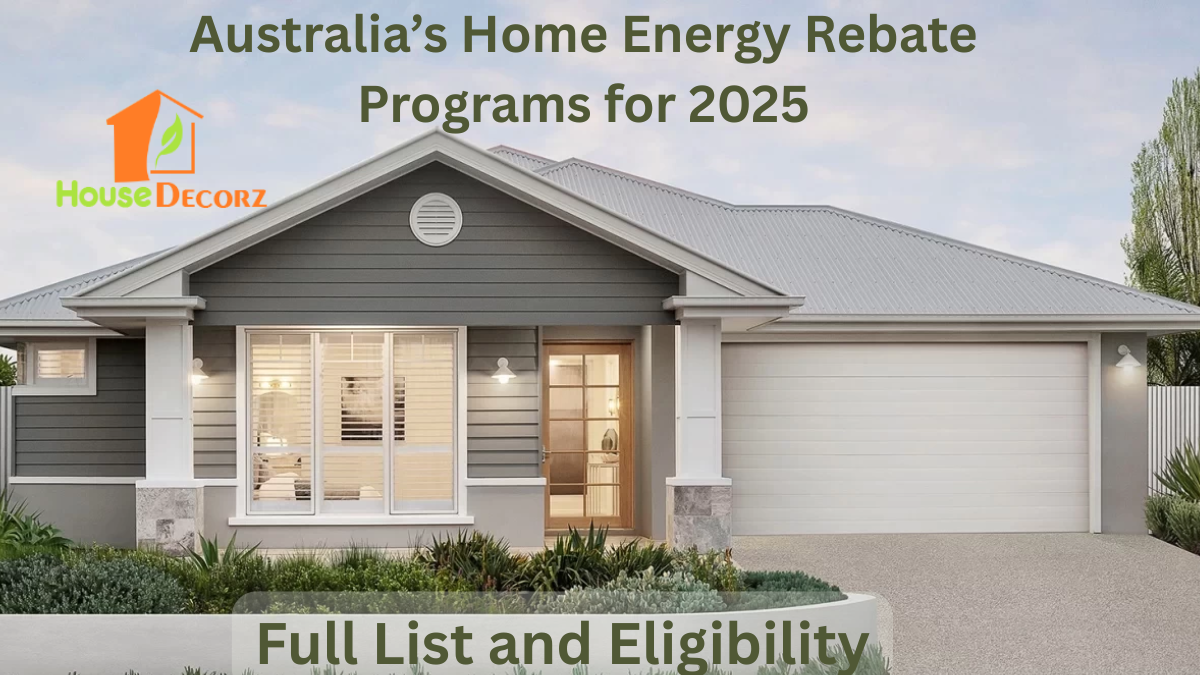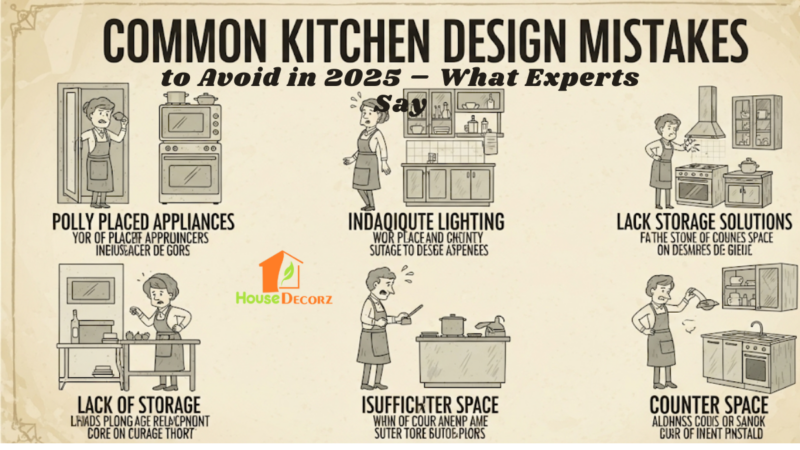Australia’s Home Energy Rebate Programs for 2025 – Full List and Eligibility

As energy prices rise and sustainability becomes a bigger priority, Australian governments are rolling out a range of rebate programs in 2025 to help households cut energy costs and improve efficiency.
This guide offers a complete breakdown of the Australia home energy rebates 2025, including federal and state programs, eligibility requirements, and how to apply.
Whether you’re renovating your home, upgrading appliances, or switching to solar, these rebates are designed to support energy-conscious improvements across the country.
Australia Home Energy Rebates 2025
Federal Energy Bill Relief Fund
The Australian Government’s Energy Bill Relief Fund continues in 2025, offering financial support to ease rising electricity costs.
- Households: Eligible for up to $300, delivered in four quarterly payments of $75.
- Small Businesses: Eligible for up to $325, also in quarterly payments.
Most rebates are automatically applied to electricity bills. However, residents in embedded networks—such as apartments or retirement villages—may need to apply manually through their provider or local government authority.
National Solar Battery Rebate
From July 1, 2025, a new federal rebate program supports the installation of solar battery systems:
- Rebate Value: Up to $372 per usable kWh of battery storage.
- Estimated Savings: Around $4,000 on a standard battery setup between 11.5–13.5 kWh.
- Eligibility: Open to homeowners, small businesses, and community facilities with solar panels.
This initiative aims to support more than one million new battery installations by 2030, helping Australians reduce reliance on the grid and increase self-sufficiency.
ACT Home Energy Support Program
Residents in the Australian Capital Territory can access substantial rebates and interest-free loans to upgrade their homes:
- Rebate Amount: Up to $5,000 for eligible upgrades.
- Covered Items:
- Rooftop solar systems
- Heat pump hot water systems
- Reverse cycle heating and cooling
- Electric cooking appliances
- Ceiling insulation
Additionally, households can apply for a zero-interest loan up to $10,000 to cover further improvements, helping reduce upfront costs.
Victoria’s Energy Rebates and Upgrade Schemes
Victoria offers both bill relief and upgrade incentives to promote more efficient home energy use:
- Energy Bill Relief: An extra $150 rebate provided in two $75 payments starting July 2025.
- Victorian Energy Upgrades Program: Offers discounts and rebates on efficient heating systems, hot water units, insulation, lighting, and appliances.
These programs help homeowners cut energy bills while supporting Victoria’s clean energy goals.
New South Wales Energy Rebates
NSW residents can benefit from several rebate programs designed to lower energy costs:
- Bill Relief: Up to $300 for households and $325 for small businesses.
- Additional Rebates: Available to eligible low-income households, seniors, and medically dependent individuals.
While many rebates are applied automatically, some programs require applications via the NSW Government’s energy services portal.
South Australia’s Bill Relief Measures
South Australians can access federal relief through the Energy Bill Relief Fund:
- Households: Receive up to $300, applied to electricity bills.
- Small Businesses: Eligible for up to $325, depending on usage and account setup.
For residents in embedded networks, payments may be delivered as one-off deposits into bank accounts.
Western Australia Energy Efficiency Support
WA continues to support energy savings through practical household upgrades:
- Energy Ahead Program: Targets low-income households, offering appliance replacements—such as old refrigerators—to reduce consumption and improve home efficiency.
These efforts aim to help vulnerable residents manage power costs while reducing energy waste.
Maximising Your Energy Rebates
To take full advantage of Australia home energy rebates 2025, follow these steps:
- Check Eligibility: Review requirements on federal and state government websites.
- Plan Smart Upgrades: Prioritise high-impact changes like insulation, efficient heating, or solar batteries.
- Stack Rebates: Combine federal and state programs when allowed to maximise financial benefit.
- Use Accredited Installers: Hiring qualified professionals ensures work meets rebate program standards.
These strategies can lead to substantial energy savings Australia residents will appreciate year-round.
Recommendation
Australia’s Garden Design Trends for 2025 – Stunning Ideas for Every Home
Blueprint Homes – Best Builders in Perth, Australia
2025 Home Paint Color Trends in the USA: What Designers Recommend
Best Curtain Colour Combinations for a Modern Home in 2025
Home Insulation Tips for Canadian Winters – Stay Warm and Save in 2025
FAQs
Q: How do I get the $300 federal energy rebate?
A: Most households receive the rebate automatically through their electricity provider. Those in embedded networks must apply via their provider or local council.
Q: Can I claim both federal and state rebates for the same upgrade?
A: Yes. Many programs allow you to combine state and federal rebates, especially for solar and battery systems. Be sure to confirm the rules for each program.
Q: Are renters eligible for any home energy rebates?
A: Some rebates apply to renters, especially those related to appliance upgrades or energy hardship support. Landlord permission is typically required for structural upgrades.
Q: What’s the best rebate for solar battery systems in 2025?
A: The federal rebate starting July 2025 offers up to $372 per usable kWh, providing an average saving of $4,000 per installation.
Q: Where can I find out more about eligibility and applications?
A: Visit your state or territory’s official energy department site or the national government energy portal for up-to-date rebate information.
Conclusion
By tapping into these home upgrade rebates, Australians can improve comfort, lower energy bills, and contribute to a more sustainable future. The opportunities in 2025 make this the ideal year to make your home more energy-efficient.






